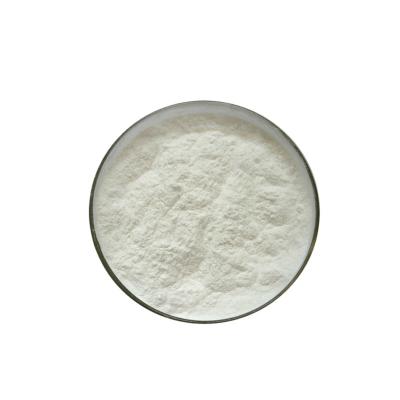About Stearic Acid
Sources of stearic acid
Stearic acid can come from plants or animals. Depending on the application we are going to use, we will need or require one or the other source.
Vegetable-type stearic acid is actually obtained by hydrolysis of palm oil (or its fractions, such as stearin or oleoresin) followed by hydrogenation and subsequent distillation.
For its part, animal-type stearic acid is obtained by hydrolysis of animal fats (tallow), subsequent hydrogenation and subsequent distillation. Depending on the degree of hydrogenation (iodine index), different qualities of stearic acid can be obtained.
Properties and applications
This acid is a very solid product at room temperature, with a white hue and a light yellow color. Its freezing point is between 55 and 65ºC depending on the stearic acid content and the degree of hydrogenation. On the other hand, it is a completely odorless acid.
The main applications of stearic acid are such as lubricants for plastics, auxiliary products for the textile industry, soap production in the cosmetics sector or detergent use. They are also commonly used in the production of waxes, esters, metal salts, hydrophobic coatings, candles or tire rubber.
In turn, it has other uses in the pharmaceutical industry and is even used as a food additive in the production of plastic containers for various food products.
Stearic acid is an acid of great importance in the oleochemical industry. It is a substance with many possibilities, applications and functions that can be used with high satisfaction in different markets.
The growth of our industry has increased due to the demand of different industries. It is a very efficient and highly profitable option because we are opening a very good site as we have established ourselves as a highly competitive force. The sustainability and versatility of our products and services as well as their functionality and quality are fully guaranteed in order to obtain unparalleled solutions.







